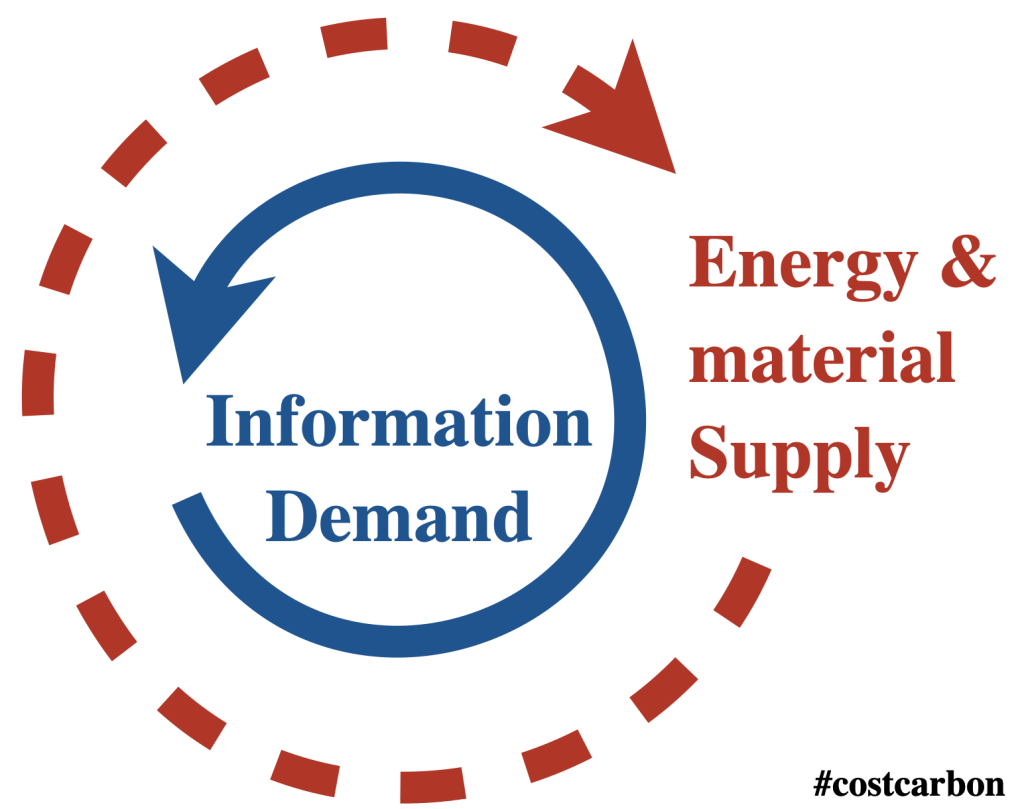Challenges We Face
There is a link missing between humans and nature.
Linear economic growth is coupled to money; a binary relationship. However, humans are not well connected through our economy to the natural world.
If we are to imagine, design, enable and practice a regenerative economy, we need to connect economy, humans and nature.
The carbon atom is a logical connection between human activity, all life on Earth and the evolved and designed systems that we use to manage this relationship; economy.
In a linear economy economic growth is principally captured in one direction from end to end following the passage of energy and materials from source to end of use and disposal. Waste is generated at every activity across each domain and relationship between. Value is lost throughout process, activity, movement, defects and is designed into the products and services where most value is lost. The traditional take, make, dispose model no longer serves us and looses or ‘leaks’ value at every transaction.
In a regenerative economy, there are principally two streams of value creation: traditional financial capital, passed down the supply-chain.

The second stream of value is found through demand for information about the value of the latent natural and social capital embedded in products and services.
Counting and accounting carbon enables consumers to ‘pull’ information progressively up the value chain – creating better informed demand in each transaction.
Tapping into this ‘lost and latent’ value represents an unparalleled opportunity as a second source of distributed wealth and economic growth through regenerative practice.

Many change initiatives assume the need for change within existing systems.
We can take an end-state perspective, imagining an optimal future and work backwards to create a pathway to that vision.
We can imagine a future state of balance between human activity (economy) and Earth system stability or ‘Earth system stewardship’. In this state a natural outcome of a functioning economy is net zero harm as a minimum and regeneration as the norm.
We can assume that all human progress, sustainment today, and future opportunities are dependent on healthy, interconnected and interdependent natural systems, social systems and financial systems that represent three pillars of a stable economy with which to manage Earth system stewardship.
The demand for action exists globally—governments have commitments to meet, most citizens want more progress, the technology is available, and the urgency is clear.
This is why it will work.


